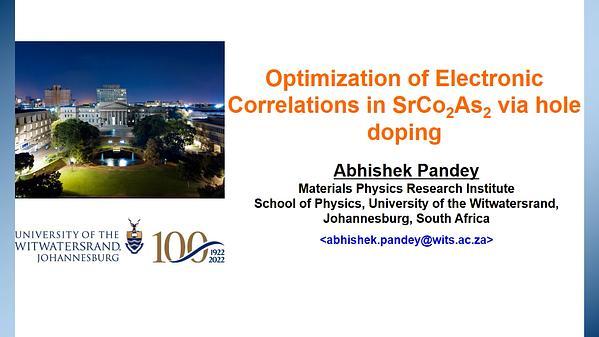Would you like to see your presentation here, made available to a global audience of researchers?
Add your own presentation or have us affordably record your next conference.
There has been a need for rapid screening of people infected virus including with COVID-19 or influenza. Virus detection methods using magnetic harmonics of magnetic nanoparticles (MNPs) with superparamagnetism has been reported 1, 2. In this study, we report the detection of influenza virus based on magnetic second harmonic signals 3, and the detection sensitivity was 100 pg/mL.
Figure 1 shows the developed system for virus detection. The excitation coil generated AC magnetic fields of amplitude of 6.6 mT with 1 kHz and the detection coil detect the second harmonic signals of MNPs under DC magnetic field of 6.6 mT. The measurement of the magnetization response of MNPs completed in one minute. The samples contained MNPs (Nanomag-D, average diameter 20 nm, 5 mg/mL, 9.24×1012 particles) coated with protein-A, with which antibodies (Nucleoprotein InA245). Antigens (Influenza A virus) bound to the antibodies by antigen-antibody reaction. Figure 2 shows the relation between the second harmonic signal normalized by the fundamental signal R2/R0 and the third harmonic signal normalized by the fundamental signal R3/R0 with five different antigen concentrations (0, 103, 105, 107, 109 antigens). R2/R0 was about 2.3 times larger than R3/R0. This result indicates that the detection of viruses using the second harmonic signal has a larger detectable range of the number of antigens. In addition, the value of R2/R0 significantly reduce at 104 antigens (Fig. 2(a)). This result indicate that we can detect 104 antigens (100 pg/mL). In the future, we aim to achieve detection sensitivity of the PCR method (1 pg/mL) by investigating the optimal detection coil shape, excitation frequency, and concentration of MNPs for virus detection.
